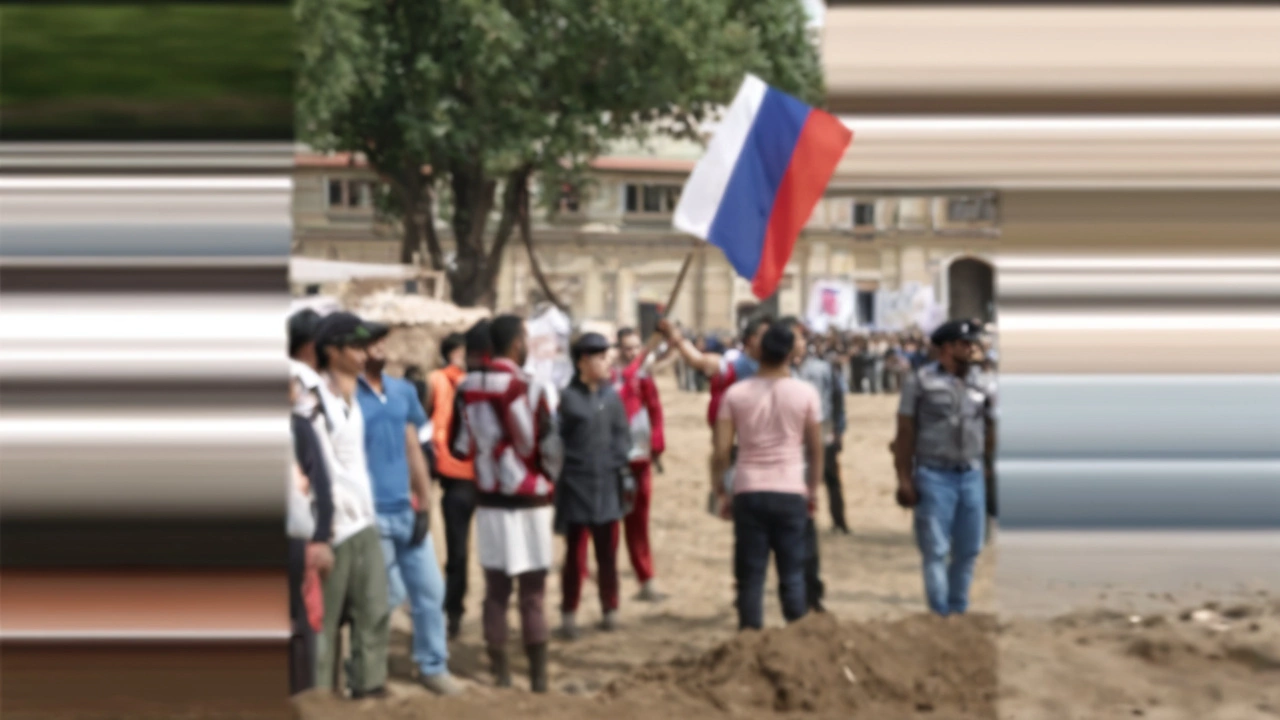Anti-government protests: what’s happening and how to stay safe
Anti-government protests can change daily life fast. They erupt over broken promises, rising costs, corruption, or a flashpoint event. Sometimes they stay peaceful. Other times they turn violent or cause big disruptions to transport, power and communication. If you live near or plan to cover a protest, you need clear, practical info — not headlines that promise drama but offer no help.
At Desert Rose Daily we track protests across Africa and beyond, focusing on verified facts and context. You’ll find reports that explain why people are marching, how authorities respond, and what the immediate risks are — from road closures to internet blackouts. We also report related issues like press freedom and mass displacement when protests feed into bigger crises.
What triggers protests and what to watch for
Common triggers include sudden price hikes, election disputes, police violence, unpopular laws, and slow corruption investigations. Watch for a few signals that a protest could grow: clear organising on social media, frequent updates from local NGOs or unions, large turnouts at early gatherings, and heavy policing in the area. If you see all of these together, prepare for wider disruption.
How to follow events and verify information
Social media moves fast but it’s full of noise. Check at least two reliable sources before you act on breaking reports. Look for local news outlets, official emergency services, and credible NGOs. Verify images and videos by checking timestamps, reverse-searching images, and comparing with live broadcasts. If a claim lacks source details, treat it as unconfirmed.
For reporters: label tips, ask for eyewitness contact details, and record the context of any footage you take. For readers: prefer outlets that quote named sources and provide evidence, not just anonymous claims.
Safety tips for people near protests: avoid main protest routes and known clash zones; carry ID, water, and any needed medication; tell someone your route and check in often. If tear gas is used, move upwind when possible, rinse eyes with clean water, and avoid rubbing your face. In heavy crowds, keep one hand free and have an exit plan. Don’t pick up discarded objects or unknown packages.
Journalists and citizen reporters should carry visible press ID, use protective gear if available, and have a legal contact or lawyer on speed dial. Know local laws on assembly and filming — that can prevent arrests or fines.
Desert Rose Daily focuses on clear, verified updates and practical guidance. We link to official advisories, post-onsite photos with context, and follow ongoing stories like press freedom cases and humanitarian impacts. If a protest affects travel, utilities, or safety services, we label those updates clearly so you can act fast.
If you want alerts, subscribe to local news notifications and follow verified accounts from emergency services. When in doubt, move to a safe area and wait for confirmation from trusted sources. Protests shape history — but staying informed and cautious keeps you out of harm’s way.

